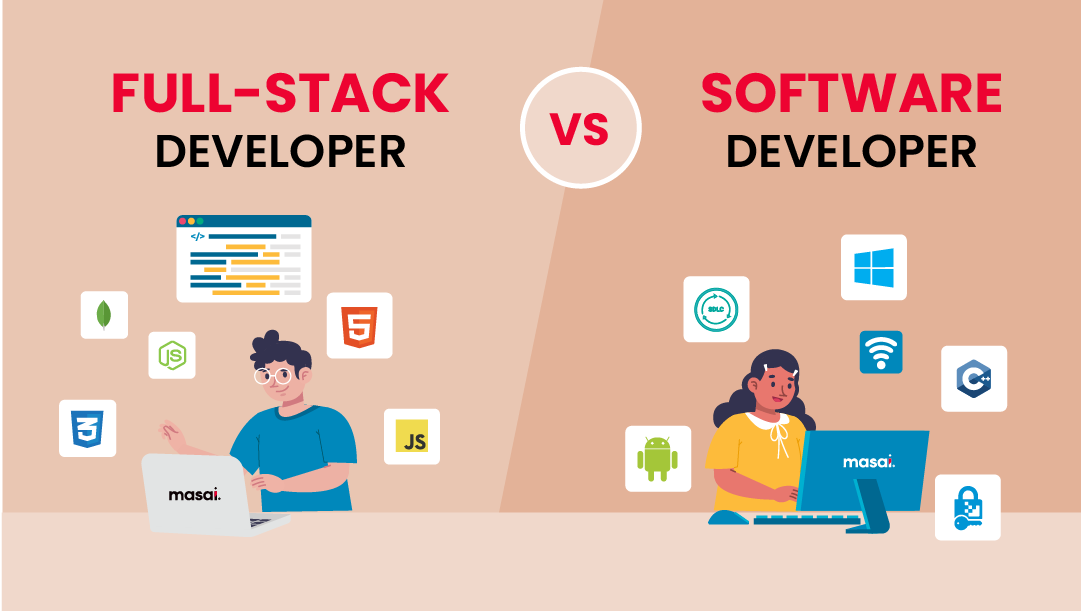Hire Dedicated Developers for Your Next Big Project with Confidence
Hire Dedicated Developers for Your Next Big Project with Confidence
Blog Article
Devoted Developers vs. In-House Teams: Which Is Right for You?
The decision between utilizing dedicated programmers and preserving an internal group is a substantial one that can affect the trajectory of your jobs and general business technique. Committed developers provide a degree of versatility and customized competence that can be advantageous for certain, short-term initiatives. On the other hand, in-house groups add to a cohesive firm culture and a nuanced understanding of long-lasting goals. By checking out essential variables such as budget plan, project scope, and wanted control, you can much better identify which strategy aligns with your business needs. Nonetheless, the implications of this selection prolong beyond instant results-- take into consideration the wider influence on your service landscape.
Comprehending Dedicated Developers
The growing need for specialized skills in the technology market has actually led to the appearance of committed developers as a sensible option for many companies. These experts are normally contracted on a job basis, allowing firms to take advantage of particular knowledge without the long-term commitment related to full time hires. Devoted programmers are frequently ingrained within a customer's team, offering versatility and scalability to fulfill job requirements.
This version enables companies to access a worldwide talent swimming pool, which is particularly helpful in a quickly progressing technological landscape. Committed programmers can be sourced from different geographical locations, ensuring that firms can locate the ideal skill set at affordable prices. They usually bring a riches of experience and understanding, having dealt with varied jobs across various sectors.
Moreover, specialized developers can concentrate solely on the tasks at hand, boosting productivity and effectiveness. They are geared up to integrate effortlessly into existing process, collaborating very closely with in-house teams to achieve project objectives. This method not only lowers the worry of recruitment and training but also allows organizations to stay active, adapting promptly to transforming market demands and technological improvements.
Benefits of In-House Teams

Furthermore, in-house teams tend to have a much deeper understanding of the business's goal, values, and goals. This placement can improve employee interaction and inspiration, as staff member really feel extra linked to their work and the organization's success. In addition, having a committed in-house group enables far better alignment of methods and goals, as these participants are regularly focused on the business's top priorities.
Internal teams additionally assist in quicker decision-making procedures, as they can react more rapidly to changes and challenges. The recognized relationships and knowledge with company protocols permit structured process and lowered miscommunication. Inevitably, the mix of a natural society, alignment with organizational objectives, and effective interaction makes internal teams a useful property for lots of organizations, especially those aiming to cultivate long-lasting growth and technology.
Cost Considerations
When reviewing cost factors to consider, both committed programmers and in-house teams existing distinctive financial ramifications for organizations. Involving committed designers typically includes a pay-per-project or hourly rate design, which can be economical for companies with changing task needs. This approach enables versatility in scaling resources up or down, making certain that companies only spend for the solutions they need.
In contrast, in-house groups entail repaired expenses, consisting of wages, benefits, and overhead expenditures such as office and tools. While this model offers better control and prompt schedule of resources, it may cause higher lasting expenses, particularly if the workload does not warrant a permanent staff.
Additionally, firms should consider the concealed prices connected with employment and training of internal employees, which can better stress web budget plans. Sometimes, the moment and sources invested in handling an in-house team can diminish the organization's core business purposes.

Project Administration and Versatility
Job management and flexibility are essential elements that affect the selection in between internal groups and committed programmers. Committed designers normally provide a high level of versatility, permitting companies to scale sources up or down based upon task demands. This agility can be particularly useful for businesses experiencing changing workloads or those seeking to innovate swiftly. Dedicated teams commonly have developed processes for taking care of jobs effectively, leveraging details techniques like Agile or Scrum, which promote repetitive development and adaptability.

Ultimately, the option between devoted developers and in-house teams depends upon the preferred degree of adaptability and the particular task administration demands. Business should review their operational characteristics, task complexity, and resource schedule to identify which option straightens best with their calculated objectives.
Making the Right Option
Selecting the ideal growth technique-- in-house groups or dedicated developers-- needs a careful assessment of different factors that align with a company's calculated goals. software engineering staffing. Take into consideration the nature of the job. If it requires specialized skills read or a quick scale-up, dedicated developers might be extra suitable. Alternatively, in-house teams can give much better continuity and integration with existing workers.
Next, evaluate your budget. Devoted designers commonly provide a cost-efficient option for short-term projects, while in-house groups might incur greater long-lasting expenditures due to incomes, advantages, and overhead expenses. Evaluate the degree of control and websites partnership desired; in-house groups normally promote stronger communication and positioning with firm culture.
If prompt results are needed, committed designers can be onboarded rapidly, whereas constructing an internal group takes time for recruitment and training. If continual development is crucial, spending in an in-house group may generate much better returns over time.
Final Thought
In verdict, the decision between in-house groups and devoted developers pivots on task demands and business purposes. Alternatively, internal teams grow a natural culture and deeper alignment with long-term goals.
The choice in between using dedicated programmers and preserving an in-house group is a substantial one that can affect the trajectory of your projects and overall company method.Project management and flexibility are vital aspects that influence the choice between devoted developers and in-house groups. offshore software development.In contrast, in-house teams might stand out in maintaining a constant task administration structure due to their knowledge with the organization's society and long-lasting goals. Devoted designers frequently present a cost-effective remedy for short-term tasks, while internal teams might incur higher lasting expenditures due to wages, advantages, and overhead prices.In verdict, the choice between internal groups and committed designers pivots on task requirements and organizational purposes
Report this page